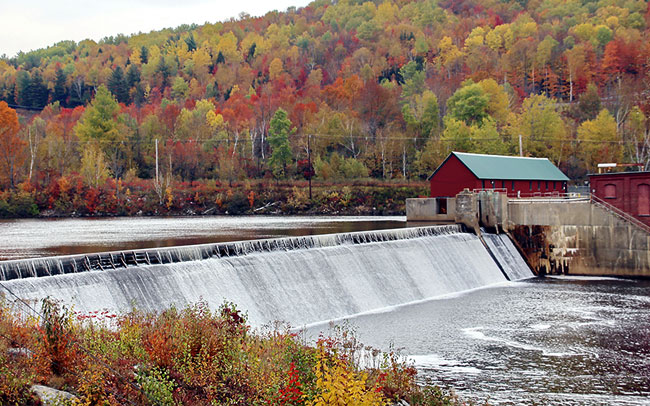

Water management is a critical component of sustainable land management (SLM) that focuses on the responsible and efficient use, conservation, and protection of water resources. Effective water management is essential for maintaining ecosystem health, supporting agricultural production, ensuring access to clean water for communities, and mitigating the impacts of water-related challenges such as droughts and floods. Here are some key aspects of water management within the context of SLM.

Sustainable land management practices emphasize the conservation of water resources. Techniques such as drip irrigation, which delivers water directly to plant roots, reduce water wastage and increase irrigation efficiency.
SLM promotes practices that enhance soil structure and organic matter content, allowing soils to retain water more effectively. Healthy soils with good water-holding capacity reduce the need for frequent irrigation.
Capturing and storing rainwater for later use is an important water management strategy. This can be achieved through techniques like building rainwater harvesting systems, contour trenches, and swales to direct and collect runoff.
SLM involves choosing crop varieties that are well-suited to local water availability and climate conditions. Drought-resistant or water-efficient crop species can help optimize water use.
Planting trees strategically can help reduce water evaporation from soil surfaces, provide shade, and act as windbreaks, thus conserving water and protecting against soil erosion.
Treating and recycling wastewater from agricultural activities can reduce water pollution and provide an additional source of irrigation water.
Preventing soil erosion helps maintain soil structure and reduces sedimentation in water bodies. Sustainable land management practices such as terracing, cover cropping, and maintaining vegetative buffers along waterways contribute to erosion control.
Water management is closely linked to other aspects of SLM, such as soil health, biodiversity conservation, and crop management. Integrated approaches consider the interconnectedness of water, soil, and vegetation.
Involving local communities in water management decisions and practices can lead to more effective and sustainable solutions. Participatory approaches ensure that water resources are managed in ways that meet the needs of different stakeholders.
Regular monitoring of water availability, usage, and quality helps inform decision-making and adaptation to changing conditions. Data collection allows for the timely adjustment of water management strategies.
SLM practices that enhance water management contribute to climate resilience by preparing agricultural systems for changing precipitation patterns and increased water variability.
Government policies and regulations play a crucial role in guiding sustainable water management practices. Legal frameworks that promote responsible water use and protection are essential for long-term success.
Effective water management within the framework of sustainable land management helps ensure that water resources are used efficiently, equitably, and in a way that sustains both agricultural productivity and the overall health of ecosystems
